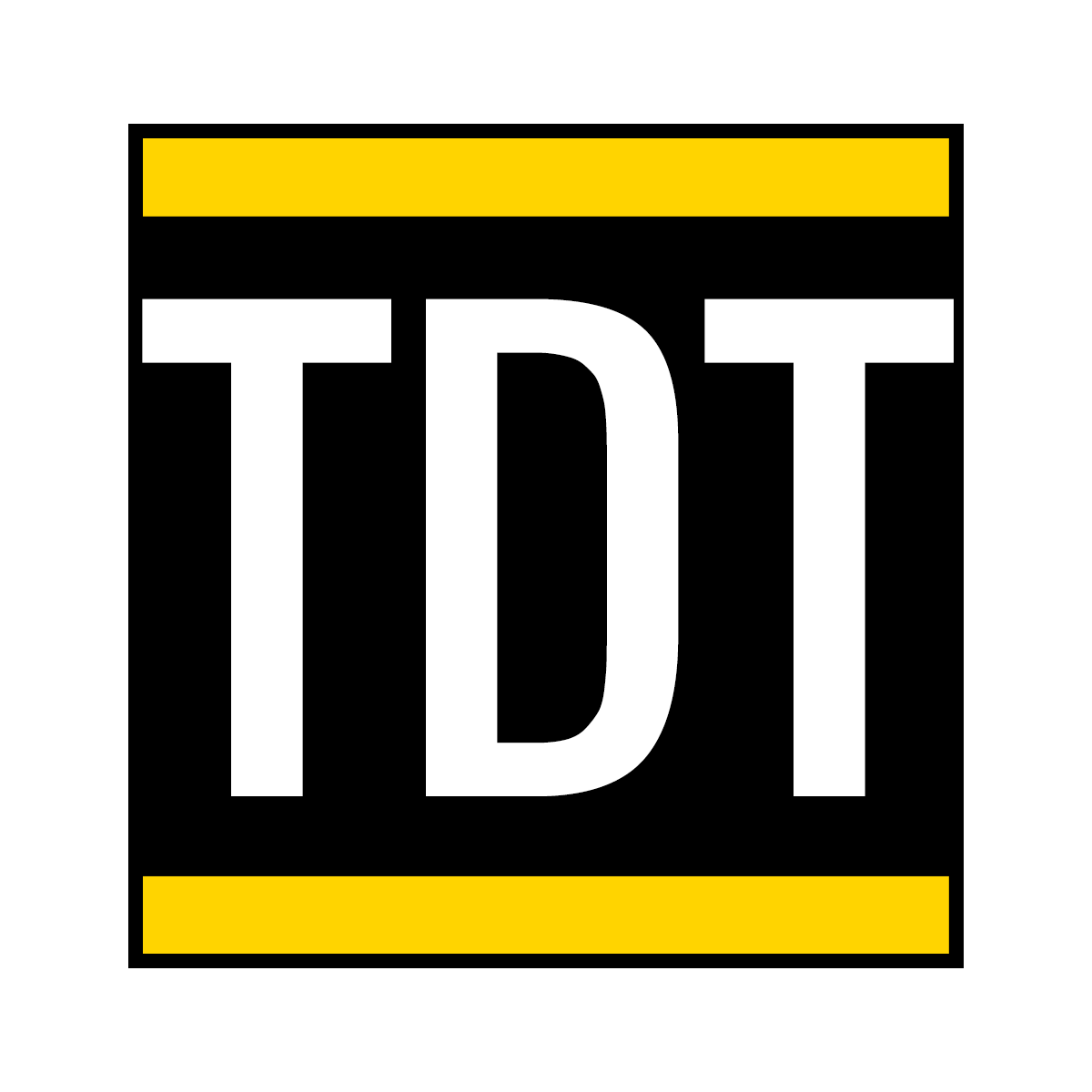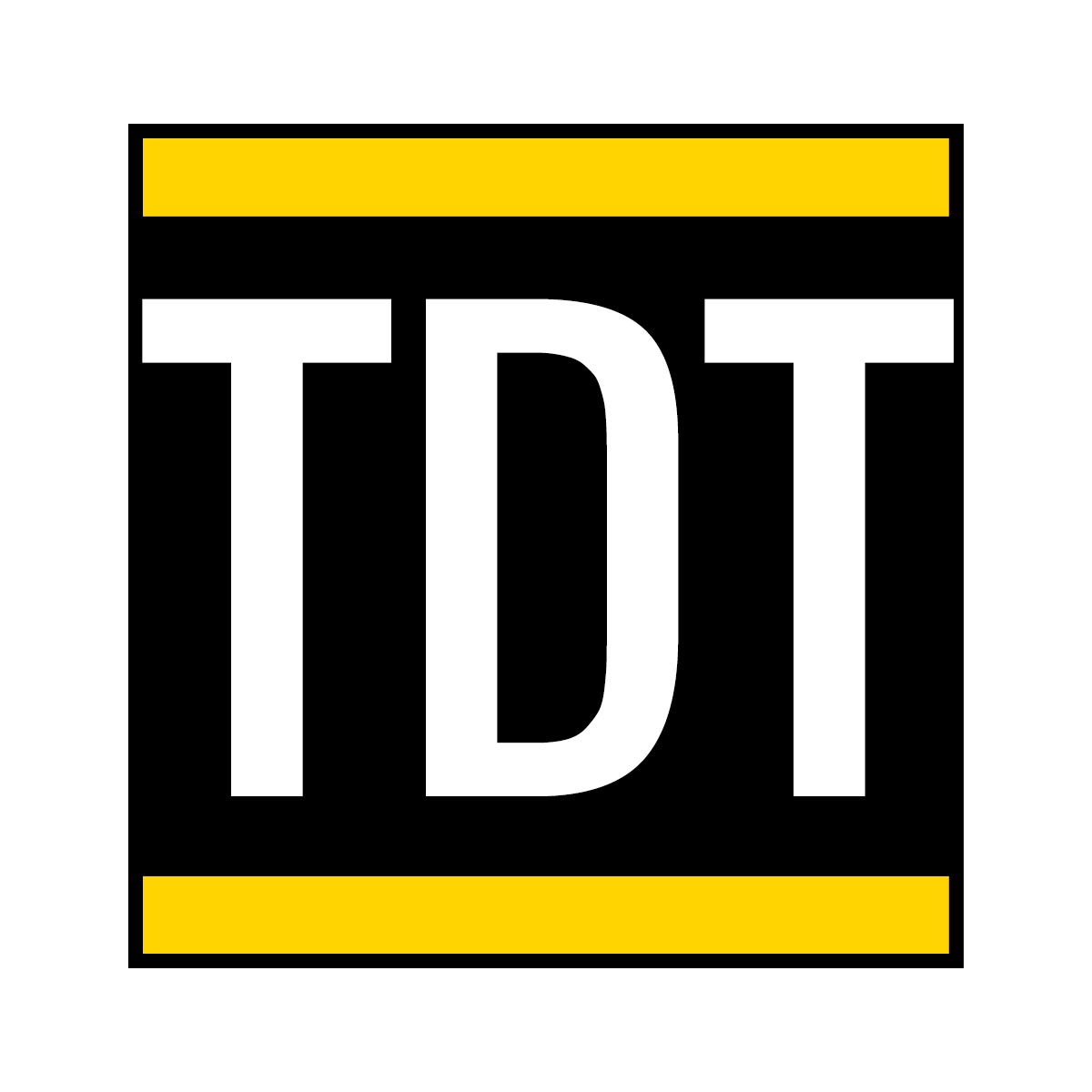
Managed PPC Ads in East Texas
Pay-Per-Click (PPC) advertising is a popular digital marketing model where advertisers pay a fee each time someone clicks on one of their ads. This method is primarily used to drive traffic to websites, aiming to attract targeted audiences who are actively searching for products or services.


How PPC Works
Keyword Research and Selection
PPC campaigns start with keyword research to identify terms users are searching for that relate to your business, products, or services. Some keywords are more competitive than others and thus more expensive.
Ad Placement
Ads are placed strategically, such as above search results, or on social media feeds. They are labeled as “sponsored” to distinguish them from organic results.
Campaign Monitoring and Optimization
Continuous tracking and refining are key to PPC success. This involves A/B testing ad copy, adjusting keywords, setting negative keywords to exclude irrelevant searches, and optimizing bidding strategies to maximize return on ad spend (ROAS).


Benefits of PPC Advertising
Immediate Results
Unlike SEO, PPC ads are almost instantly active, allowing immediate traffic to your site.
Budget Control
Advertisers set a maximum budget for their campaigns, so costs are manageable.
Targeted Traffic
Ads are shown to users actively searching for specific terms, making traffic more qualified and likely to convert.
Measurable and Trackable
PPC platforms provide metrics on clicks, impressions, and conversions, making it easy to measure ROI.
Size Doesn't Matter
It doesn't matter if you are just starting out or have been in business for over thirty years. PPC ads allow you to compete with anyone and on any level.

Affordable, Flexible, and Tailored to You
When effectively managed, PPC can be a highly cost-effective way to drive traffic and generate leads. For businesses looking to reach their audience quickly and directly, PPC provides flexibility and immediacy that is hard to achieve through organic methods alone.
TDT Digital Solutions © 2025
903-258-5997
